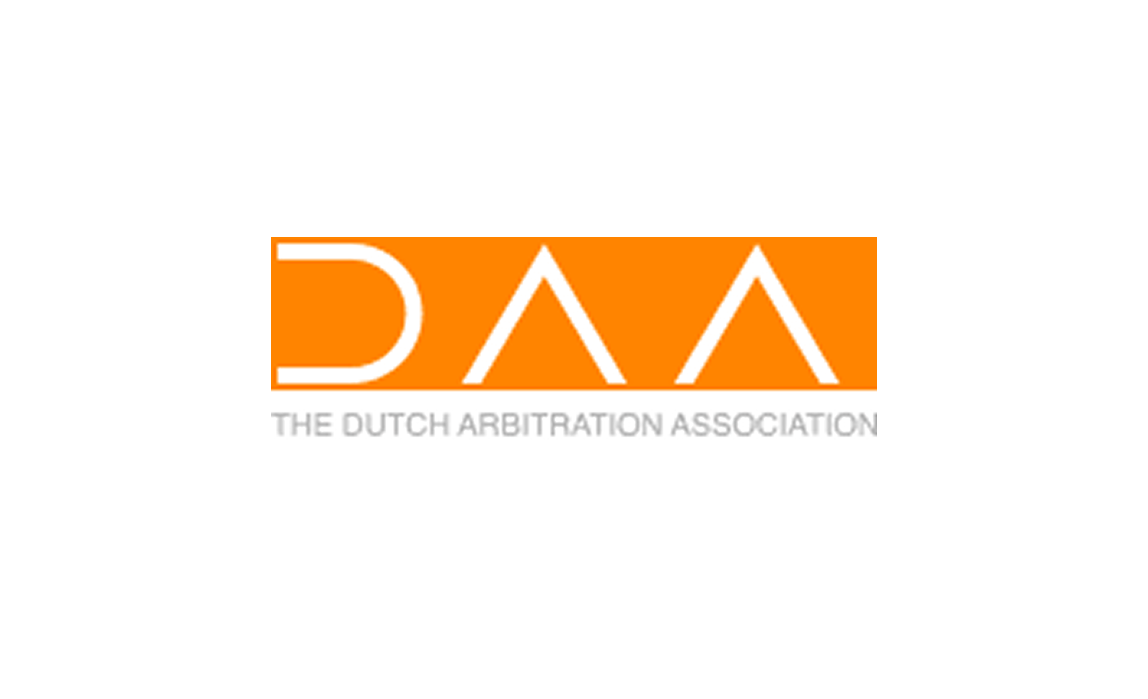18 juni 2025
Patroon Presents at Dutch Arbitration Day 2025
We presented at Dutch Arbitration Day 2025 at Amsterdam's H'ART Museum. The conference brought together over 220 arbitration professionals to explore Mind over Matter(s): the Tribunal's Take—examining how the human brain processes information and makes decisions in arbitration contexts.
